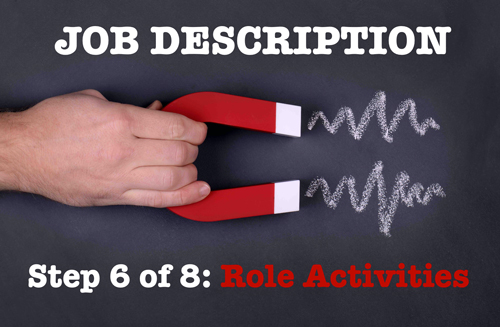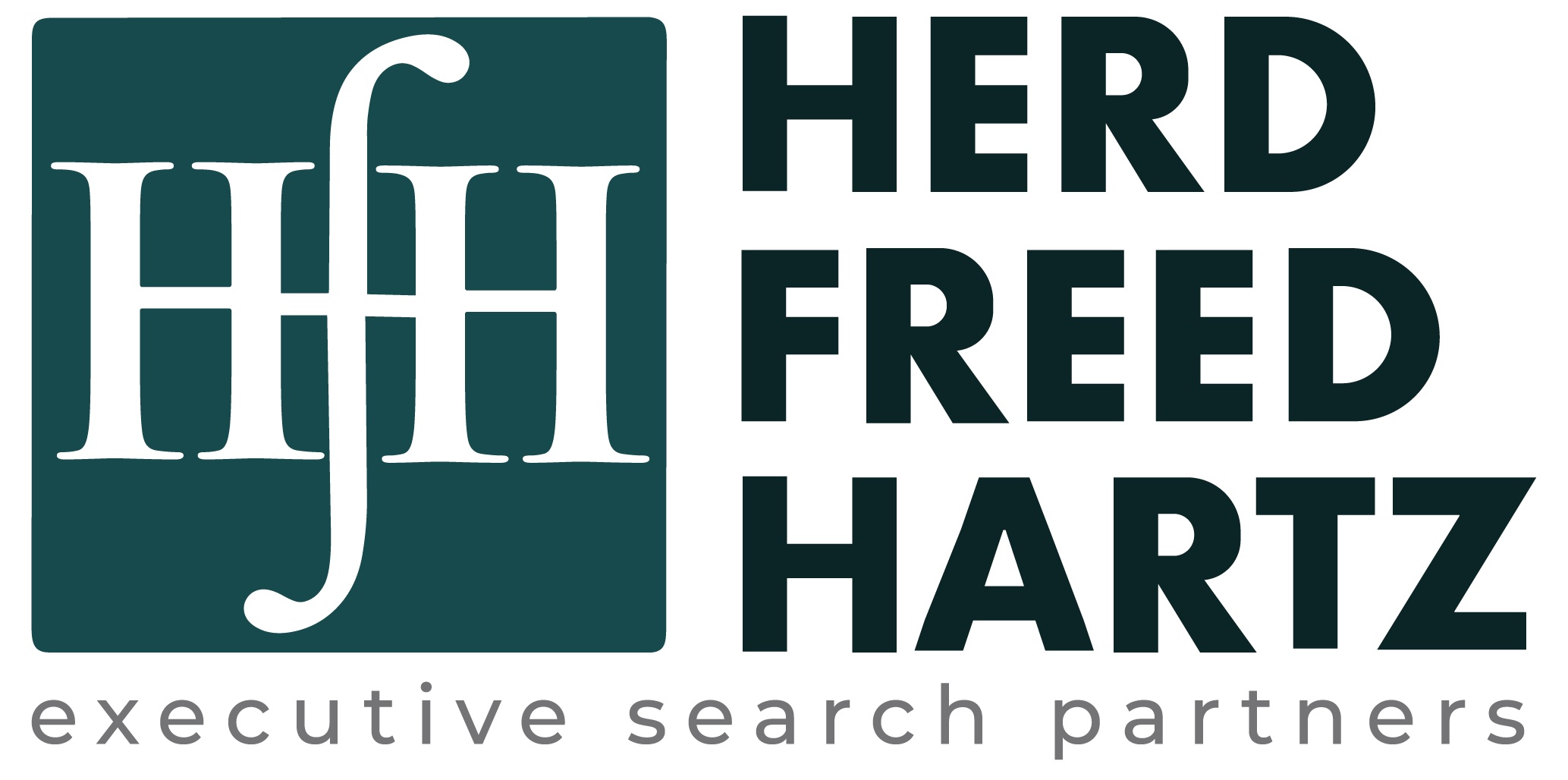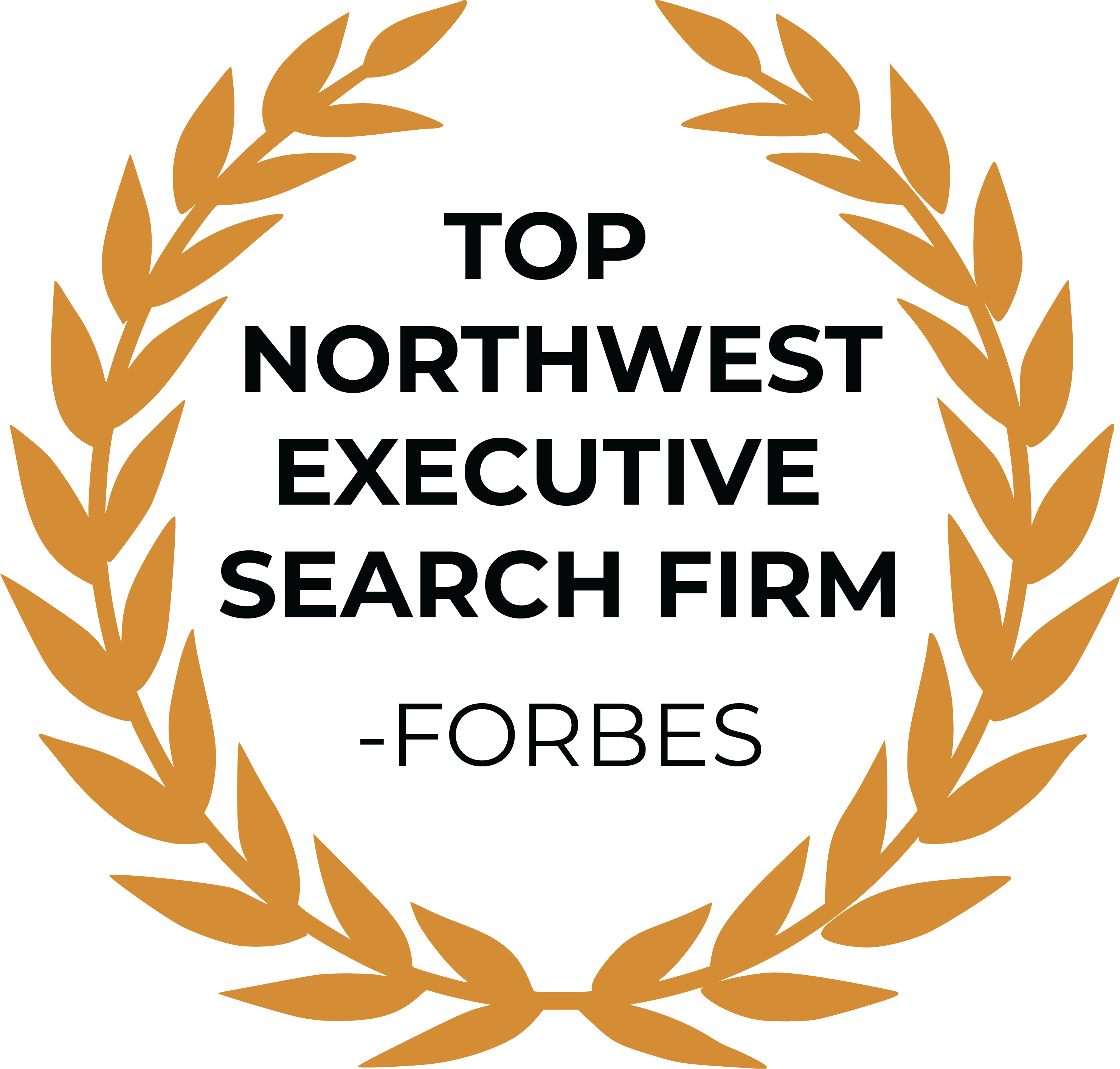ROLE ACTIVITIES

OVERVIEW:
Describe your role activities and responsibilities that will answer common questions about the job. You do not need an exhaustive list of everything the role does – just cover what matters to explain the job. Less is more.
Examples: Key responsibilities and activities. Describing a “typical week” and what % of the time is spent on that activity and the team this role would work closely with.
WHY IT MATTERS:
1) Realistic job preview – Explaining what a “typical week” and a realistic overview of the time spent on certain activities will help someone understand the real job. This will help answer common questions, but also help screen in (or out) candidates.
2) Weighting – Not all activities are equally important in value or time spent during the week. This is a great opportunity to provide clarity on what you want and not have all activities be of equal importance.
3) Less is more – This is a key section, but will only be important if you have inspired someone earlier in the description. Good to include, but less important in attracting the talent to consider applying for the role.
WHAT TO INCLUDE:
Key job activities listed – The key activities and responsibilities are covered with a few bullet points of explanation. Balanced list – not too many, but not too few. This does not need to be an exhaustive, complete list of everything someone would do (like an HR onboarding internal document) – you just need to cover what matters to explain the job.
Ratio of key activities – When listing key activities, it can be helpful to weight how much is spent in each area to provide some context. For example: “25% phone – answering customer calls / 25% database reporting / 40% research / 10% administrative”.
Typical week – Proactively answer the question “What would a typical week look like?”. This explains the role, but also is a realistic job preview of what someone can expect. Think about the problems being solved, the team members’ (or customer) interaction and the setting.
Who you work with/interact with – It’s good to include the tasks, but knowing the teams and groups this role would work with helps someone visualize the role.
Aligned with key outcomes – Ideally, the activities would have a linkage to the key outcomes in the first year as the role is about accomplishing key objectives and not just being busy.
Good job – You now completed #6: ROLE OUTCOMES
![]()
NEXT STEP: #7: QUALIFICATIONS (click to view)
PRIOR STEP: #5: KEY OUTCOMES(click to view)

